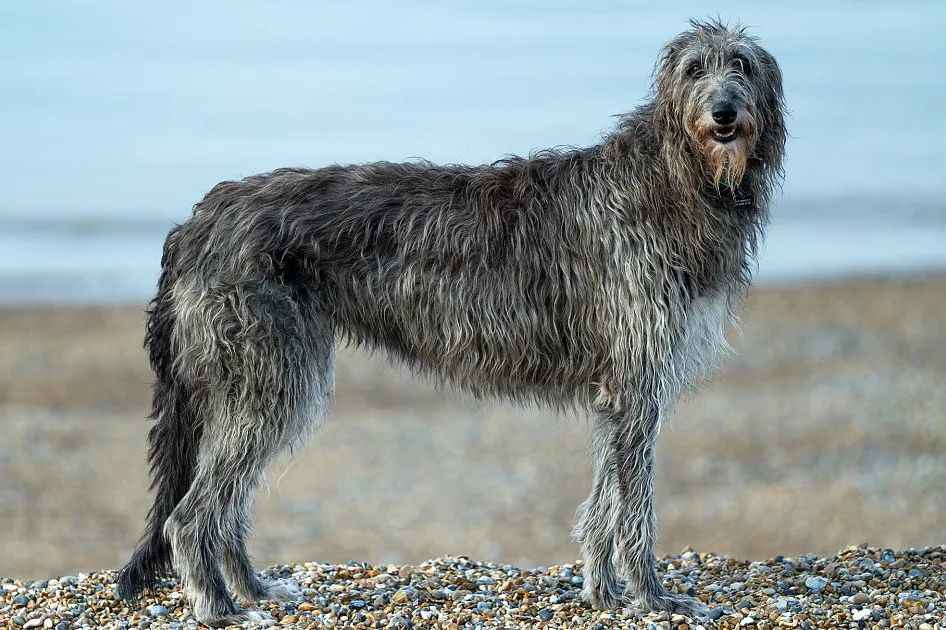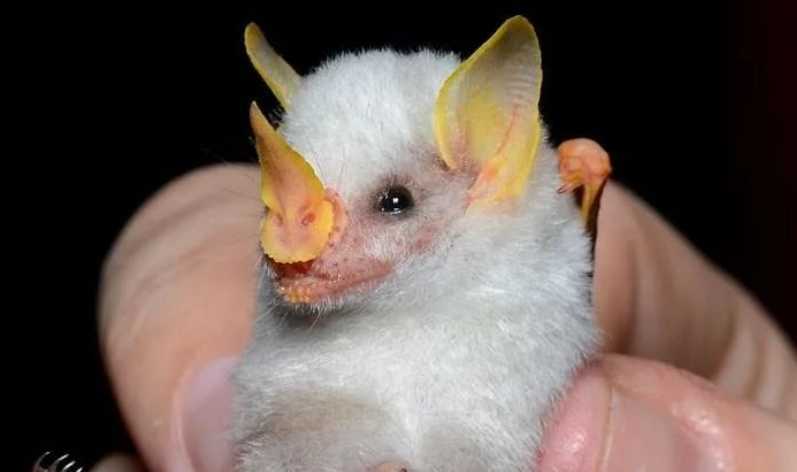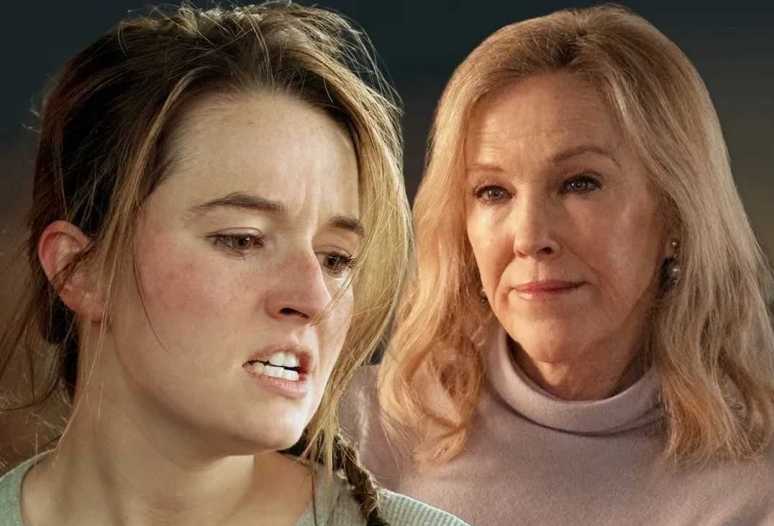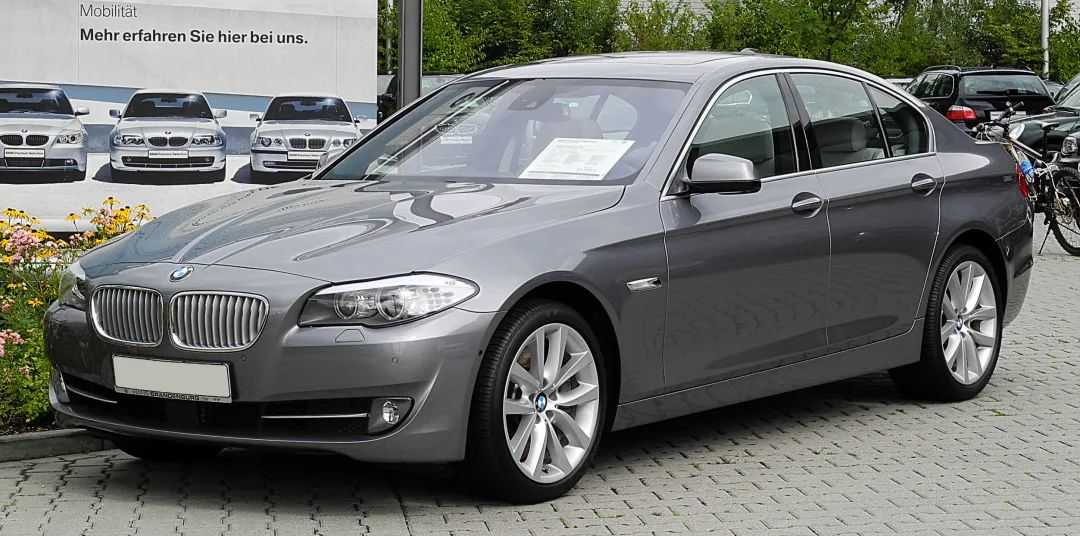By the 16th century, the breed’s role expanded beyond hunting, symbolizing power and prestige. However, their numbers dwindled drastically in the 18th century due to political upheavals like the Jacobite Rebellion and the rise of firearms, which reduced reliance on hunting dogs. A revival began in the 19th century when breeders like Duncan McNeill championed their preservation, restoring the Deerhound’s former glory14.
Standing at 28–32 inches tall and weighing 75–110 pounds, the Deerhound is a towering presence with a wiry, weather-resistant coat in shades of gray, blue, or brindle. Their long, lean physique and deep chest reflect their ancestry as sighthounds, built for explosive speed. Despite their imposing stature, they are known for their gentle, affectionate nature, thriving as loyal companions in modern households468.
While the Deerhound’s lifespan averages 8–11 years, they face genetic health risks, including dilated cardiomyopathy, osteosarcoma (bone cancer), and gastric dilation-volvulus (bloat). Responsible breeders prioritize health screenings, such as cardiac exams and DNA tests for coagulation disorders, to mitigate these risks. Daily exercise—at least an hour of brisk activity—is essential to keep them physically and mentally stimulated, though they adapt well to a calm indoor lifestyle69.
Today, the Scottish Deerhound remains a rare breed, listed as "vulnerable" by the Kennel Club. While hunting is no longer their primary role, they excel in dog shows and as devoted family pets. Their intelligence and independent streak require patient training, but their serene demeanor makes them ideal for households seeking a dignified, low-key companion48.
In essence, the Scottish Deerhound embodies a perfect blend of ancient heritage and modern charm. From the misty Highlands to contemporary homes, this breed continues to captivate with its grace, resilience, and timeless allure.










